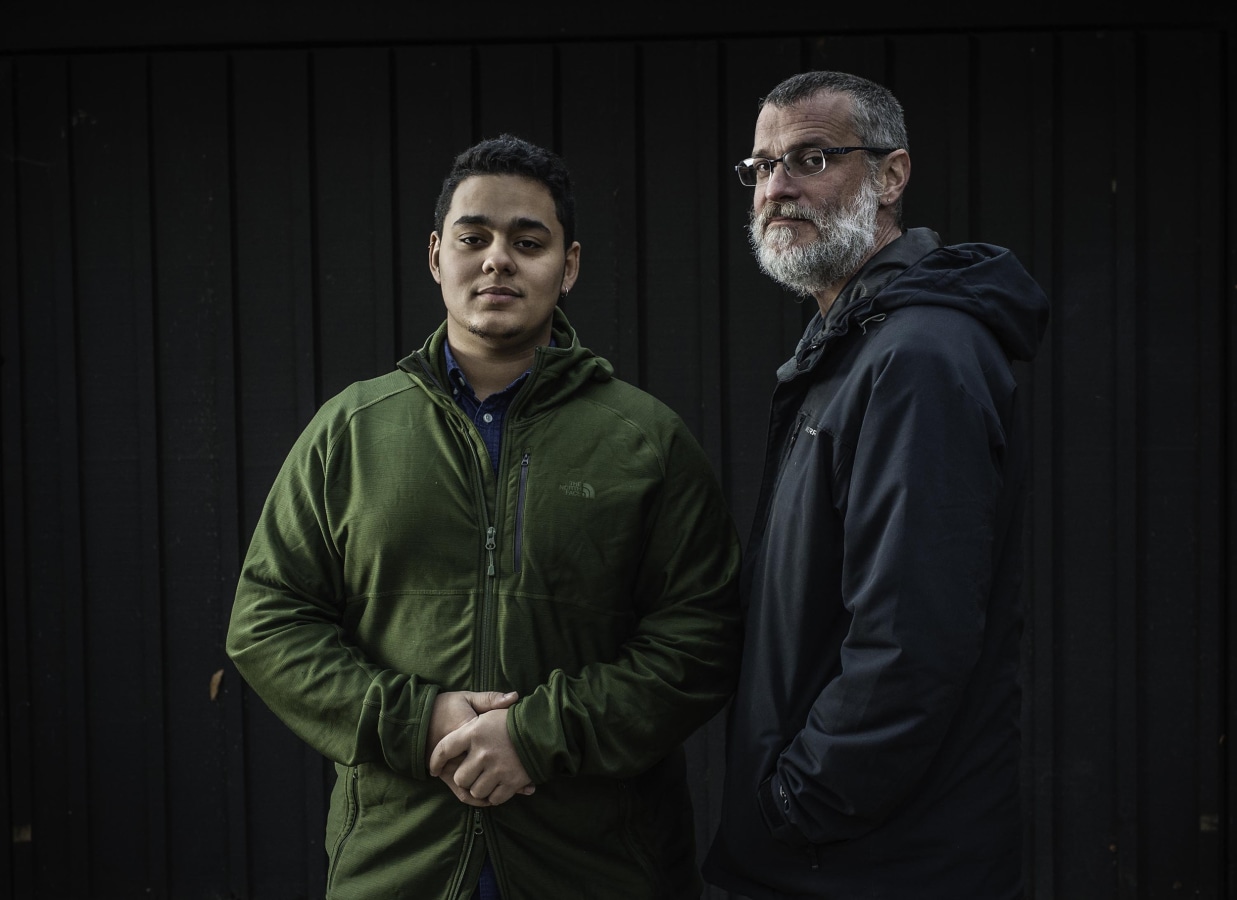The Newest Jews? Understanding Jewish American and Asian American MarriagesPosted in Articles, Asian Diaspora, Judaism, Media Archive, Religion, Social Science, United States on 2015-01-18 18:12Z by Steven |
The Newest Jews? Understanding Jewish American and Asian American Marriages
Contemporary Jewry
July 2012, Volume 32, Issue 2
pages 135-166
DOI: 10.1007/s12397-012-9078-y
Helen K. Kim, Associate Professor of Sociology
Whitman College, Walla Walla, Washington
Noah Leavitt, Research Associate
Department of Sociology
Whitman College, Walla Walla, Washington
This paper investigates how racial, ethnic and religious identities intersect among couples where one spouse is Jewish American of any racial or ethnic descent and one spouse is Asian American of any religion or ethnic descent. While intermarriage is certainly not limited to these kinds of partnerships, there is reason to believe that these partnerships may become increasingly common when investigated along racial, ethnic, and religious dimensions. This study incorporates interviews with 31 intermarried couples residing in the Los Angeles, Orange County, San Francisco, Oakland, New York, and Philadelphia metropolitan areas. In particular, we highlight participants’ discussions of two main subjects: shared values within their partnerships and racial, ethnic, and religious identities of children, if present. Our paper expands the broader sociological literature on intermarriage as well as the specific literatures on intermarriage for Jewish Americans and intermarriage for Asian Americans.
Read or purchase the article here.




